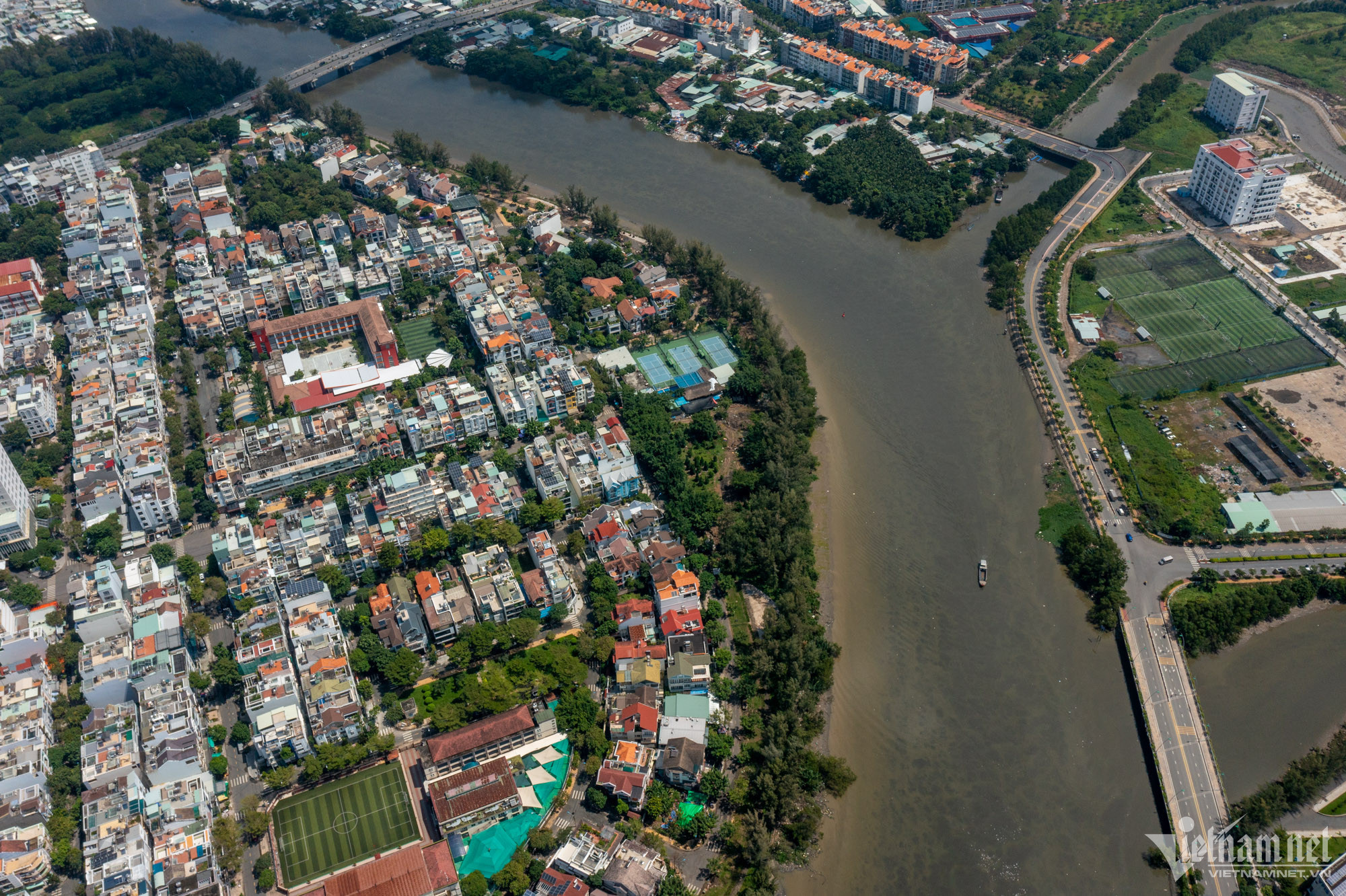
The HCM City City Institute for Development Studies has released a consultancy report that it compiled with the opinions from a group of experts. The report will help municipal authorities manage city development.
The policies and solutions in the report have been designed based on the development orientation shown in the Politburo’s Resolution 24 that HCM City will be a "socio-economic locomotive" in the southeastern region and Resolution 31 on developing the city in the 2021-2030 period, with a vision towards 2045.
Experts believe that HCM City should not shift suburban districts into inner-city districts, but turn them into dependent cities when there are favorable conditions.
From now to early 2026, it is necessary to organize two more cities directly under HCMC, including a city in the south, to be developed from two major suburban districts of Nha Be and 7, together with a ward belonging to district 8 and a commune of Binh Chanh district; and a city in the west, to be developed from the current Binh Chanh suburban district, and possibly a part of Binh Tan district.
At the same time, HCM City would develop the northwestern urban area based on the current district of Cu Chi, the road alongside the Sai Gon River, the Can Gio sea-encroached urban area, Can Gio International Transshipment Port, and other social and technical infrastructure.
Experts suggest that after 2030, HCM City should turn Cu Chi and Can Gio districts into two cities belonging to HCM City.
As such, after 2030, HCM City would have five dependent cities on the East – West – South – North axes and the Can Gio marine ecological urban area.
According to experts, the National Assembly Resolution 98 on piloting mechanisms and policies for HCM City has significance for the city in the current period. The priority task for the immediate time is to deploy seven groups of solutions in the resolution.
However, the experts believe that now is just the period for trying the decentralization model in some fields and specific policies. Meanwhile, the city needs to continue to research and build an urban government model that suits the scale, role and position of a large city, in association with organizing dependent urban areas.
Decentralization is one of the most important features emphasized by the experts. If it is deployed well, this will eliminate the ‘ask and grant’ scheme and promote dynamism, autonomy, and self-responsibility of local authorities.
Tran Chung